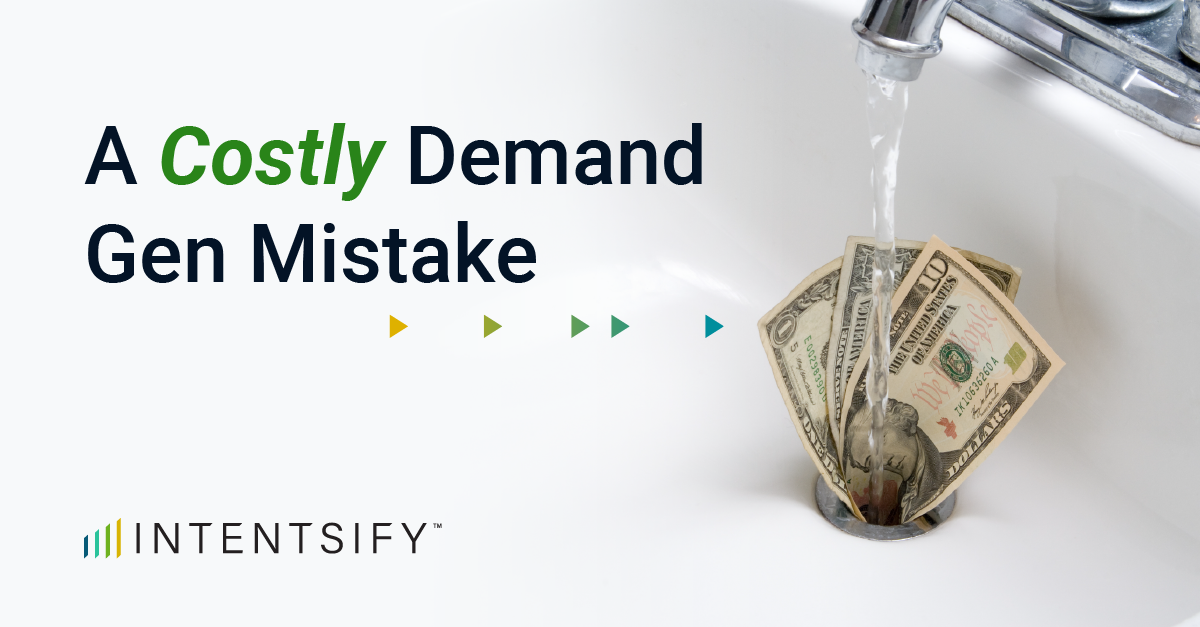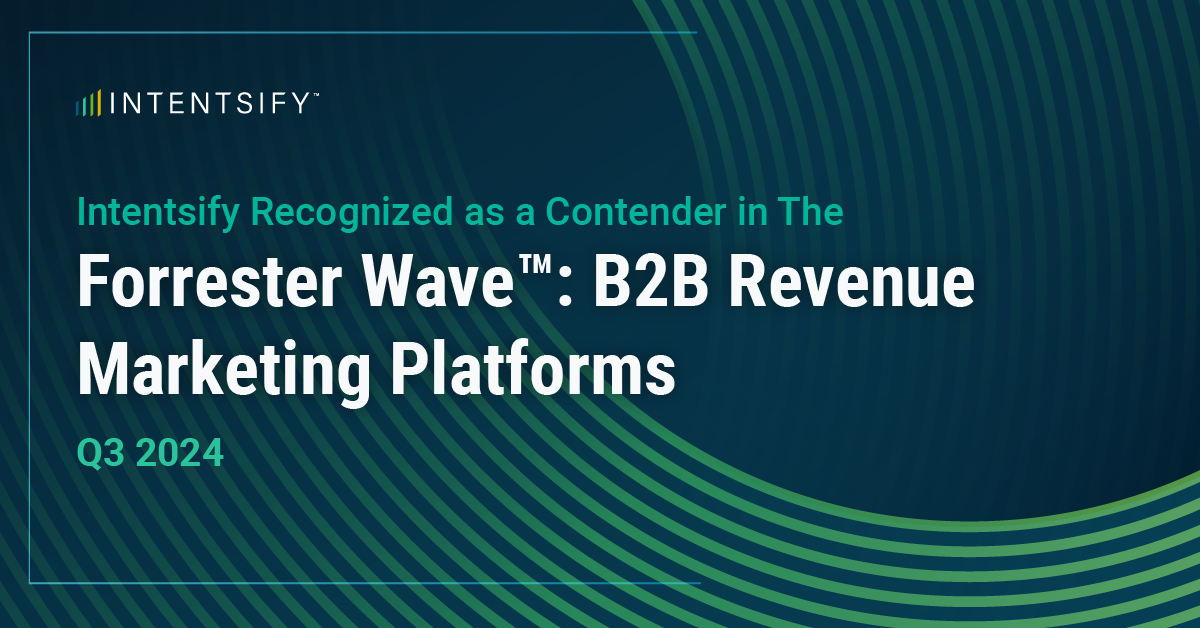Intent data — used by both marketing teams and their publisher and media partners — has added a lot of value to content syndication programs over the last decade. Not only do intent signals identify which accounts are more likely to buy, they also help highlight the content most likely to resonate with those accounts. When used correctly, this results in better buyer experiences, increased conversion rates and pipeline velocity, and lower customer-acquisition costs (CAC).
Unfortunately, the value of intent data has caused many B2B demand generation teams to become lazy. They assume leads generated from intent-identified accounts are immediately ready to send over to sellers. This mistake burns B2B marketing budget while damaging the buyer experiences and sales-marketing alignment.
Lead Nurturing is a Content Syndication Imperative
Content syndication leads are not the same as inbound leads generated via your website. With inbound leads, prospects are engaging with your brand and its specific solutions; they’ve likely already completed some preliminary research into the problem (which is what led them to your website). They’re further along the buyer’s journey, so sending them over to a business development rep (BDR) for immediate follow-up can make sense.
On the other hand, with content syndication leads, prospects are engaging with your content: the research, ideas, and advice around a specific issue. They’re typically far earlier in their journey and should be treated as such.
Best Practices for Nurturing Content Syndication Leads
Immediately place leads into relevant email nurture sequences
Lagging on follow-up is tantamount to wasting the lead. Moreover, nurturing content syndication leads with relevant content before BDR follow-up is crucial. Be sure to select the nurture track with the messaging and content best aligned with the account’s interest categories and buyer research stage, which should be clearly highlighted in the intent data.
Remarket to leads via display advertising campaigns
Intent-driven content syndication campaigns are great for acquiring high-value contact data from decision-makers among your target accounts. But content syndication alone won’t provide the brand recognition that really helps convert those contacts through the funnel.
The value of a well-rounded demand gen program that synchronizes digital display and content syndication efforts is far greater than the sum of these two parts. And when driven by intent data signals, the value is only compounded.
Develop a standardized lead-scoring model
You’ll want to base this model on a combination of intent signals, email responses, website visits, and other digital marketing engagement. Work with sales to define what qualifies as a sales- and/or BDR-ready lead—and revise/optimize regularly.
Continue to review intent signals derived from the leads’ accounts
Interests can change or the account may be progressing through the journey—both of which may require you to change your messaging, engagement tactics, and lead/account scoring.
Formalize a lead hand-off process with BDRs or sales team
Once content syndicoscation leads have engaged enough to be scored sales- or BDR-ready, send over to the assigned team—along with assigned talk tracks, messaging, and/or content relevant to the prospect’s interests.
Don’t disregard leads that don’t convert
For those that don’t progress to BDR-ready within six to eight weeks, it’s a good idea to continue monitoring their intent signals to identify any changes in interest. For example, if the intent data shows continued interest but in a different category, it probably makes sense to transfer to another email nurture sequence with different messaging. If intent signals have simply dropped off, you may want to deprioritize that account for the time-being.
Content syndication is a core demand generation channel for B2B organizations. Its value, however, is very much dependent on marketing teams’ ability and willingness to ensure generated leads are appropriately nurtured into informed prospects ready for sales engagement.
Those demand gen pros who put adequate effort into building a solid content marketing framework and lead-nurturing strategy will not only see much greater return on their content syndication program investment—they’ll accelerate pipeline velocity, scale marketing-influenced revenue, and reduce customer-acquisition costs across the organization.






